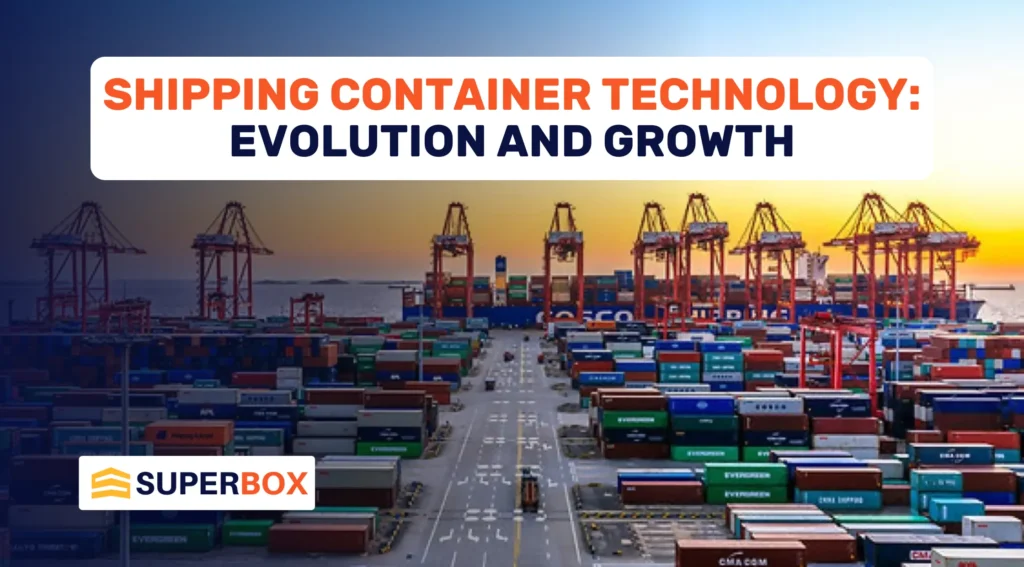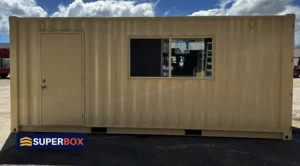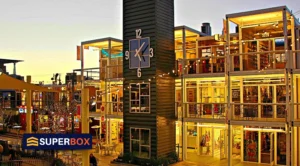Imagine if moving goods worldwide was as simple as moving them from one room to another. Thanks to shipping container technology, this dream is now a reality. Shipping containers have revolutionized how we transport goods, making international trade faster, more efficient, and more secure.
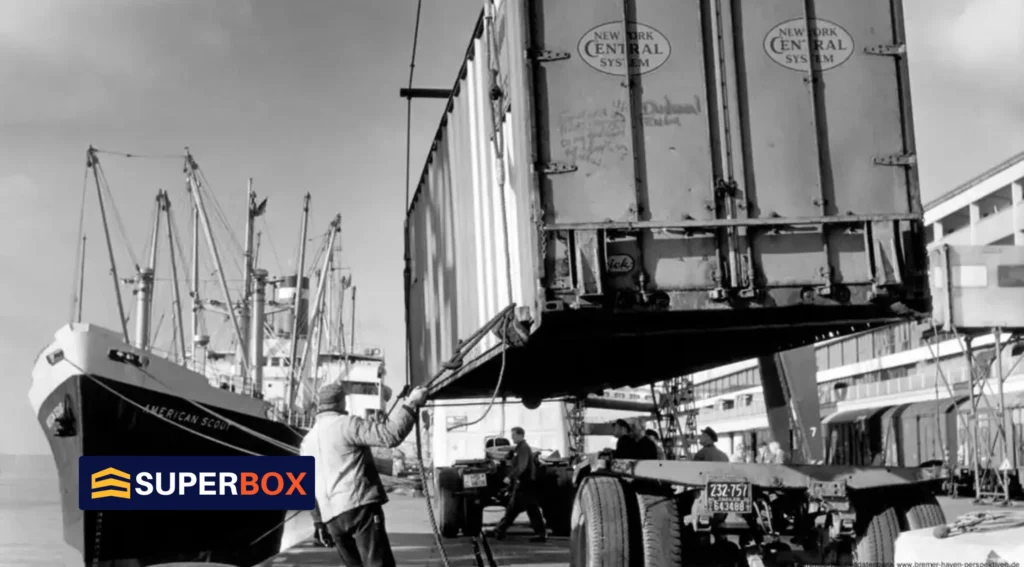
Initial Resistance to Containers: Challenges in Adoption
When Malcolm McLean introduced standardized shipping containers in the 1950s, the shipping industry slowly embraced the change. Several key challenges made it difficult for shipping companies to adopt this new technology:
- Industry Inertia: The shipping industry was deeply set in its old ways. Ports, ships, and warehouses were all designed for manual handling of cargo. Moving to a system with standardized containers meant overhauling existing infrastructure and procedures, which was a huge task. This resistance from those used to the traditional methods created a lot of pushback.
- Economic Concerns: The initial cost of container technology was high. Shipping companies needed to invest in new container ships, modify port facilities, and purchase standardized containers. For many companies, the financial burden seemed overwhelming, especially when the benefits were not immediately clear.
- Labor Union Resistance: Workers and labor unions were concerned about job losses due to increased automation and new technologies. Dockworkers and other labor groups feared that fewer manual jobs would be available, leading to strikes and opposition.
- Technical and Logistical Hurdles: Achieving global standardization was another major challenge. Different regions and companies had their systems for handling cargo. Agreeing on standard container sizes, like the twenty-foot equivalent units (TEUs), and ensuring compatibility across various modes of transport—trucks, trains, and ships—required extensive negotiation and coordination.
Despite these hurdles, the undeniable benefits of containerization—such as increased efficiency and cost savings—eventually led to widespread adoption.
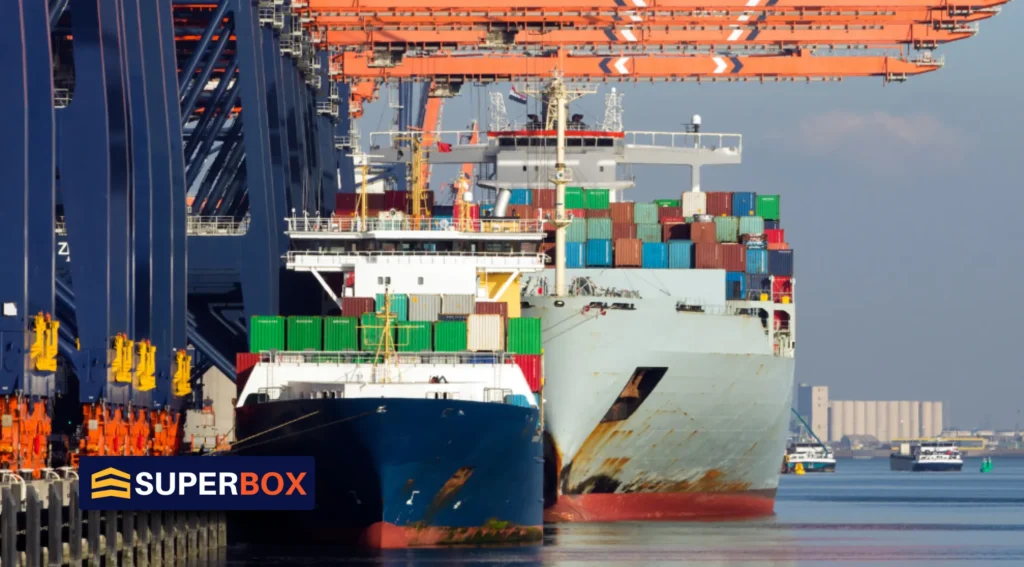
The Container Revolution: Transforming Global Trade
Once the shipping industry began to accept shipping containerization, it sparked a revolution in global trade and logistics. The rapid adoption of shipping containers had several major impacts:
- Streamlined Operations: Containers drastically cut down the time needed to load and unload cargo. Instead of handling each item individually, goods could now be packed in bulk into standardized containers. This made the shipping process much faster and more efficient, allowing ports to handle ships more quickly and boosting the overall global supply chain.
- Global Standardization: The use of uniform container sizes, like the TEUs, made it easier to transfer containers between different modes of transport without needing to reload them. This integration of trucks, trains, and ships, known as intermodal freight transport, improved the efficiency of global trade and connected different parts of the world more seamlessly.
- Expanded Trade Opportunities: With containerization making shipping more efficient, businesses could explore new markets and expand their reach internationally. This growth in global trade allowed companies to source materials and sell products across the globe more easily, driving economic growth and creating a more interconnected world economy.
- Economic Growth: The cost savings from container shipping led to lower shipping costs for businesses and consumers. As shipping became more affordable, the prices of many goods decreased, boosting economic growth and making a wider range of products accessible to people everywhere.
Key Developments in Containerization: Milestones and Breakthroughs
Several significant milestones have marked the development of containerization:
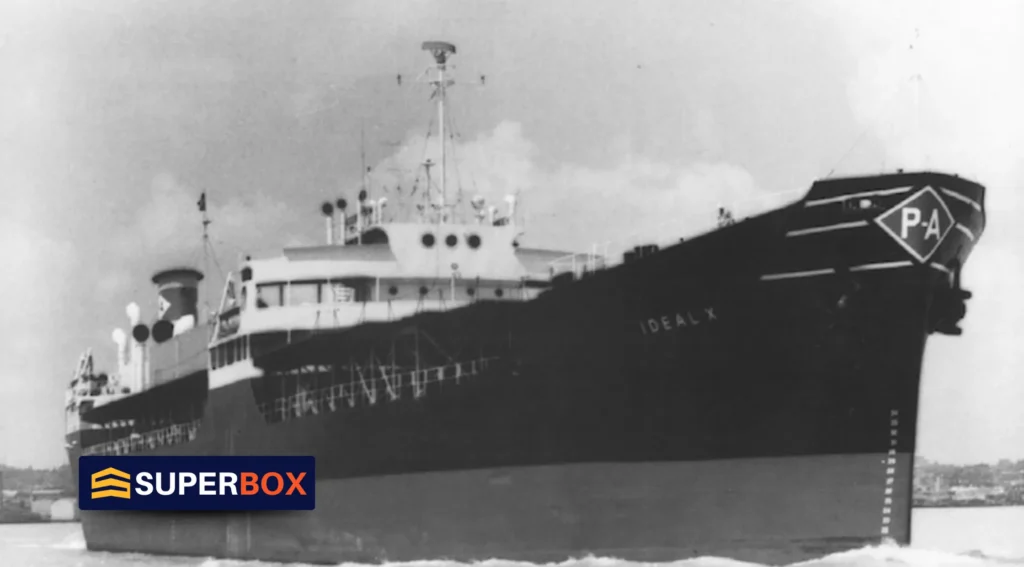
- The First Container Ship: Malcolm McLean’s Ideal X made its historic voyage in 1956, carrying 58 containers. This trip showed the world the potential of container shipping and set the stage for a new era in logistics.
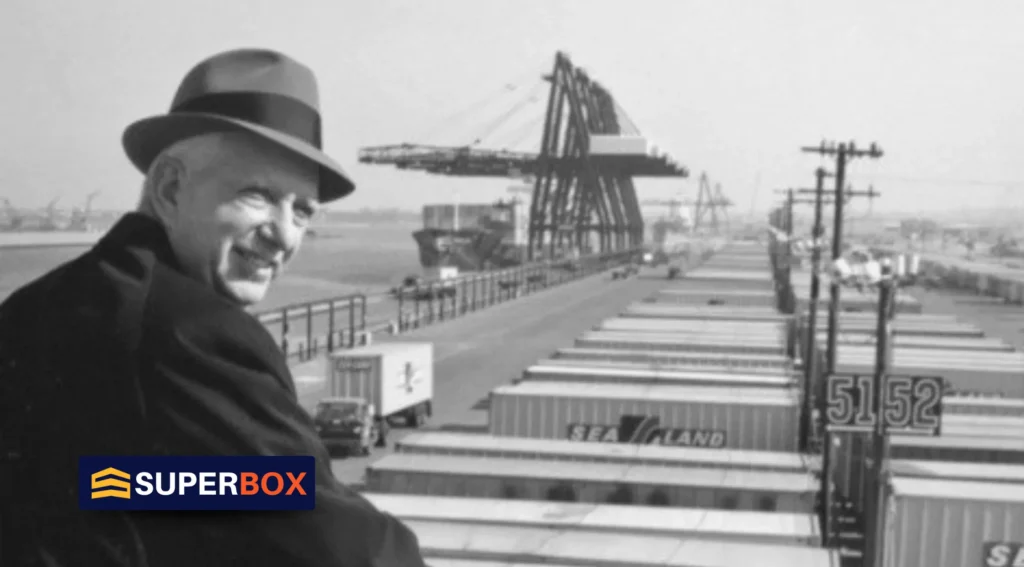
- International Standardization: In the 1960s, the International Organization for Standardization (ISO) established global standard sizes for containers and specifications. This standardization made it easier for ports and shipping companies worldwide to handle containers, facilitating smoother international trade.
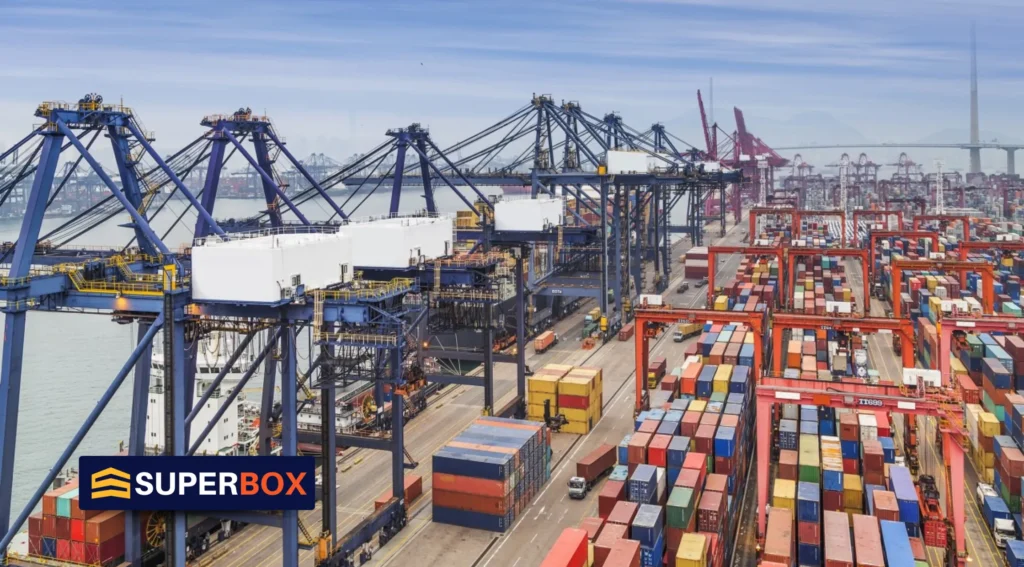
- Advancements in Port Infrastructure: As containerization grew, ports around the world modernized. New container terminals were built, equipped with advanced handling equipment like gantry cranes and automated systems, which greatly improved the efficiency of processing cargo.
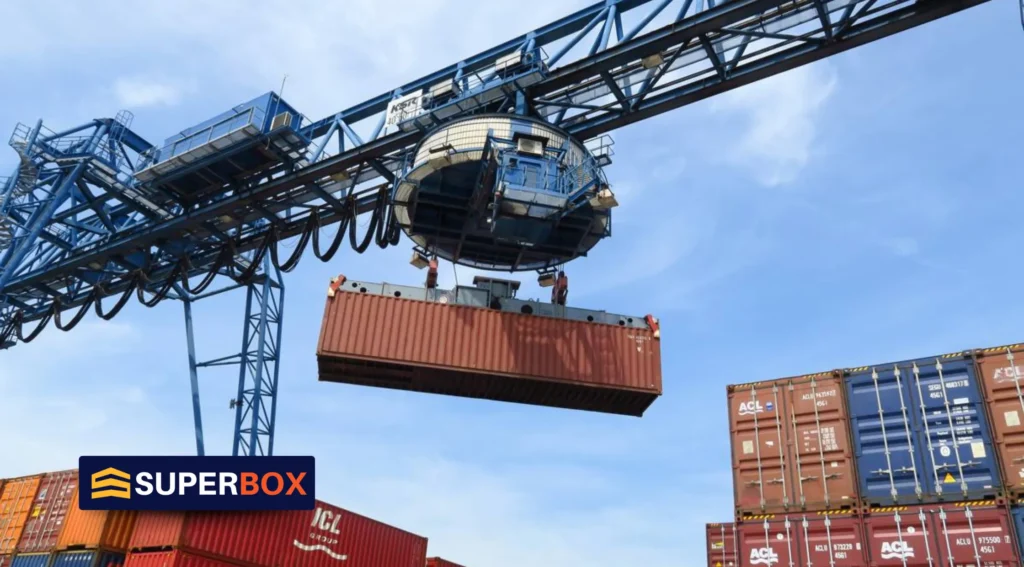
- Technological Innovations: Advances in container handling technologies, such as computerized tracking systems and automated cargo handling equipment, further enhanced the logistics industry. These innovations improved shipping operations and helped create a more reliable global supply chain.
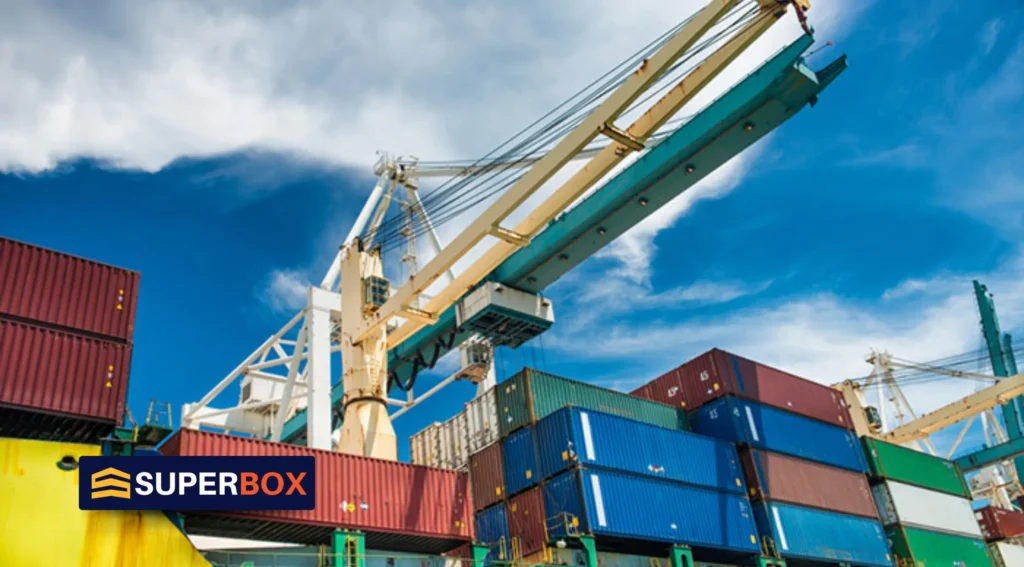
The Role of Technology: Enhancing Container Efficiency
Technology has played a crucial role in advancing container shipping and improving the efficiency of the logistics industry:
- Smart Containers and IoT: The integration of the Internet of Things (IoT) into containers has been a game changer. Smart containers equipped with sensors provide real-time monitoring of their location, temperature, and condition. This technology ensures optimized inventory management, enhances cargo security, and helps protect goods from damage or spoilage during long-distance transport.
- Automated Port Operations: Automation has revolutionized port operations. Automated cranes, robotic systems, and computerized logistics platforms streamline the loading and unloading of containers. This reduces human error and speeds up turnaround times, making shipping more cost-effective and efficient.
- Temperature Control: Advances in refrigeration technology have led to the development of sophisticated temperature-controlled containers, known as reefers. These reefer containers are essential for transporting perishable goods and pharmaceuticals, as they maintain precise temperatures over long distances, ensuring that sensitive items arrive in optimal condition.
- Eco-Friendly Technologies: The shipping industry is increasingly focusing on eco-friendly innovations. Technologies such as hydrogen fuel cells, energy-efficient engines, and alternative energy sources are being explored to make container shipping more sustainable. These advancements help reduce greenhouse gas emissions and minimize the environmental impact of global trade.
- Data Analytics and Software: The use of advanced data analytics and logistics software has improved shipping operations. Tools for route optimization, predictive maintenance, and supply chain visibility allow shipping companies to make informed decisions and respond quickly to changing conditions, further increasing efficiency.
Conclusion
Shipping container technology has transformed global trade and logistics, overcoming early resistance to become a fundamental part of international trade. From its beginnings to its current role in connecting global markets, containerization has reshaped how goods are transported and managed. With ongoing technological advancements, shipping containers will continue to play a crucial role in making global logistics faster, more secure, and eco-friendly. Understanding these developments shows how shipping containers drive economic growth and highlights the exciting possibilities for the future.
Transform Your Shipping with SuperBox!
SuperBox offers high-quality shipping containers that make moving goods easier and more efficient. Our new and used shipping containers are designed with security, durability, and eco-friendliness in mind, helping you streamline your logistics, protect your cargo, and save on costs.
Whether you need containers for long-distance transport or to manage your global supply chain, SuperBox has the right solution for you. Our products are built to handle all your shipping needs while keeping things simple and effective.
Ready to upgrade your shipping operations? Discover SuperBox’s innovative containers today and see how we can help you improve efficiency and sustainability. For more information or to get started, call us at 1-866-696-9269. Our friendly team is always here to assist you and answer any questions you have!


